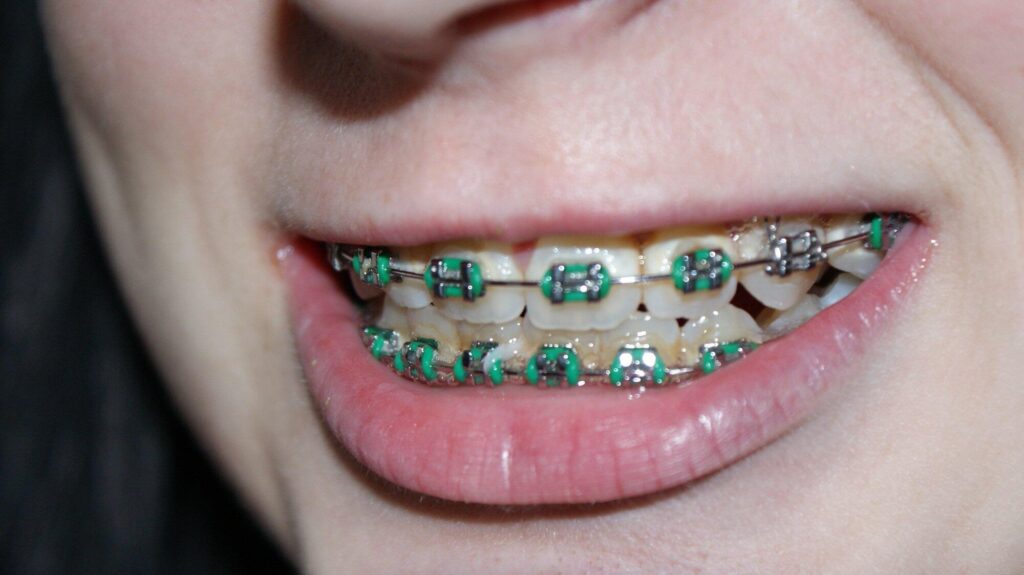Are you curious how dental braces went from bulky metal wires to nearly invisible aligners? Orthodontics has come a long way from the days of painful and obvious treatments.
Today’s options are more comfortable, stylish, and customized than ever. This blog will walk you through the fascinating journey of braces, highlighting the key changes that have improved both appearance and experience.
By the end, you’ll have a clear picture of how modern orthodontic care offers better choices for every smile. Keep on reading!
The Birth of Braces
Dental braces have existed in some form for centuries. Ancient Egyptians used metal wires and even catgut to try to straighten teeth.
In the 17th century, French dentist Pierre Fauchard introduced the first recorded orthodontic device. It was a flat piece of metal tied to teeth using silk threads.
These early tools were uncomfortable and not very effective. Still, they laid the groundwork for modern orthodontics.
Over time, science and dental tools improved. This led to more structured brace systems in the 1900s. Orthodontics slowly became a formal dental specialty.
The Era of Traditional Metal Braces
The use of braces made of stainless steel became the norm in the middle of the 1900s. Wires were used to connect the metal brackets that were affixed to each tooth when these braces were worn.
Although they were cumbersome, they were powerful and efficient. The “metal mouth” appearance of these braces is what many people remember most about them.
To achieve better alignment, rubber bands were frequently used to apply pressure. Dentists needed to make frequent appointments to adjust the wires.
Despite the discomfort, they were successful in straightening the smiles of millions of people. For many years, the only treatment option available for severe alignment problems was the use of metal braces.
The Role of Technology in Braces Development
The production and application of braces have been significantly altered as a result of technological advancements. Using digital imaging, orthodontists are now able to create a three-dimensional map of the entire mouth. This assists in the development of more precise treatment plans.
It is also possible to predict how teeth will move with the assistance of computer-guided systems. Braces can be made to order so that they are a perfect fit for each individual.
To make adjustments simpler and more comfortable, new materials such as heat-activated wires have been developed. Inventions continue to have the effect of making treatments both quicker and more accurate.
Patients today enjoy the benefits of shorter treatment times and fewer visits than in the past. It is true that technology is changing smiles all over the world.
Ceramic Braces
Braces made of ceramic have emerged as a fashionable alternative to metal braces. Unlike metal braces, they are made of tooth-colored or clear brackets and function in the same way. The result is that they are less noticeable in day-to-day life.
Because of this, a significant number of adults and adolescents favor them. Nevertheless, they have the potential to be mildly more fragile than metal. If they are not cleaned properly, they may also become stained.
Ceramic braces, on the other hand, made it possible to have more options for cosmetic orthodontic treatment. They contributed to the shift in emphasis from merely functional to both functional and aesthetically pleasing.
The Clear Aligner Revolution
In the latter part of the 1990s, clear aligners debuted for the first time. These trays, made of plastic, are made to order and are designed to fit snugly over the teeth.
During the process of gradually shifting their teeth, patients switch trays every couple of weeks. Because they can be removed, aligners make it much simpler to eat and brush your teeth. Their nearly undetectable appearance is one of the reasons why adults find them appealing.
They do a good job for many complex cases, even though they are not ideal for all of them. The way that people think about orthodontics has been altered by companies such as Invisalign.
Braces for All Ages
It used to be that braces were mainly for kids and teens. But today, more adults are choosing to improve their smiles.
With clear and ceramic options, adults feel more confident starting treatment. Some people didn’t get braces when they were younger and now want to.
Others return for touch-ups after past treatments. Braces have become more socially accepted for all age groups.
Modern systems are faster and less noticeable, which helps. Orthodontists now offer flexible plans for both children and adults.
Comfort and Customization in Modern Orthodontics
Today’s braces are more comfortable than ever before. Advanced materials reduce pain and pressure on the teeth.
Wires adjust with body heat, making movements gentler. Orthodontists now design braces based on each person’s mouth and needs.
Some people need faster results, while others want a discreet look. Professionals like Catania Orthodontics offer a range of personalized options that combine comfort and performance. There are even 3D-printed brackets available today.
Customization helps ensure better results and patient satisfaction. Braces have truly become a tailored experience.
Cost and Accessibility Improvements
Braces were once seen as a luxury only a few could afford. Over time, prices have become more manageable.
Insurance plans now often include orthodontic benefits. Clinics also offer payment plans and financing options. This makes it easier for families to budget for braces.
Schools and communities also support awareness and referrals. Newer options like aligners may even be cheaper in some cases.
Accessibility has improved across regions and income levels. A straighter smile is now within reach for more people.
What the Future Holds for Braces
The world of braces is still evolving. Future systems may use smart sensors to monitor tooth movement. This could mean fewer office visits and more precise adjustments.
New materials may make braces almost completely invisible. Some research looks at using AI for even better treatment planning.
Braces might become faster, easier, and smarter. There’s also growing interest in combining braces with other health monitoring tools. As dental science advances, expect even more amazing changes.
The Transformation of Dental Braces
How people think about orthodontics has changed since metal braces were replaced by clear aligners. It’s now slim, faint, and comfortable, what used to be big, painful, and obvious.
Everyone of any age can have a better smile with less work thanks to new technology, creative ideas, and better materials. Many budgets and ways of life can now find options that work for them. The future looks even better now that you’ve seen how far we’ve come.
Did you like this guide? Great! Please browse our website for more!







